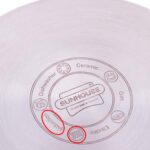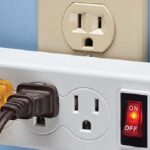Understanding how induction and electric cooktops work and how to use them effectively will make it easy to cook with the highest efficiency and optimize energy savings.
1 Energy Saving Tips for Induction Cooktops
Choose pots and pans with flat bottoms
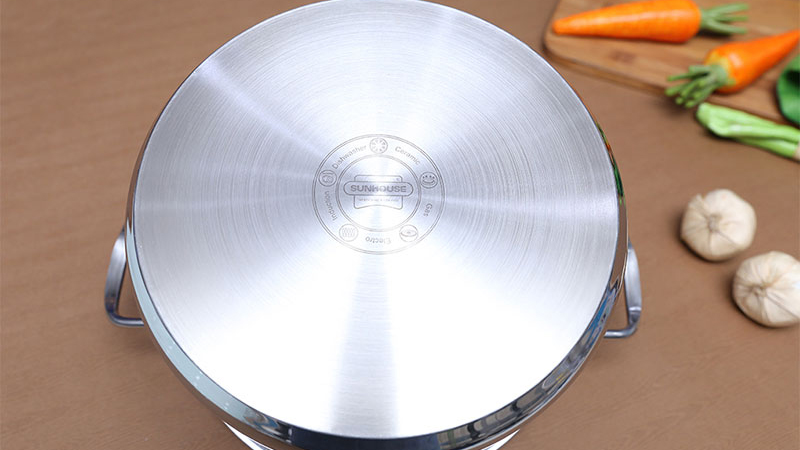
Only flat-bottomed cookware ensures the largest contact area with the cooktop, allowing for the fastest and most even heating, resulting in energy savings.
Avoid using pots and pans that are too small or too large
Pots with a bottom diameter of less than 10 cm are usually not suitable for electric cooktops. Using oversized cookware will also take longer to heat up, increasing energy consumption. Always choose pots and pans that match the size of the cooking zone.
Adjust the power level every 2-3 minutes
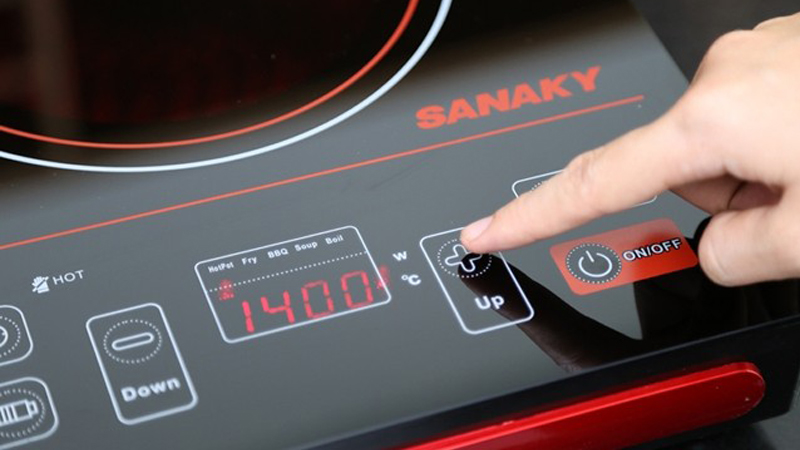
Gradually increasing the power level from the lowest to the desired setting will ensure even heating and reduce electrical load compared to selecting a high power level from the start.
Choose the right power level for your dish as induction cooktops often have preset power levels for different types of cooking, such as stir-frying, boiling, stewing, grilling, and simmering. A too-low power level will prolong cooking time, while a too-high power level will consume more energy than necessary.
Don’t turn off the cooktop if you’re going to cook another dish
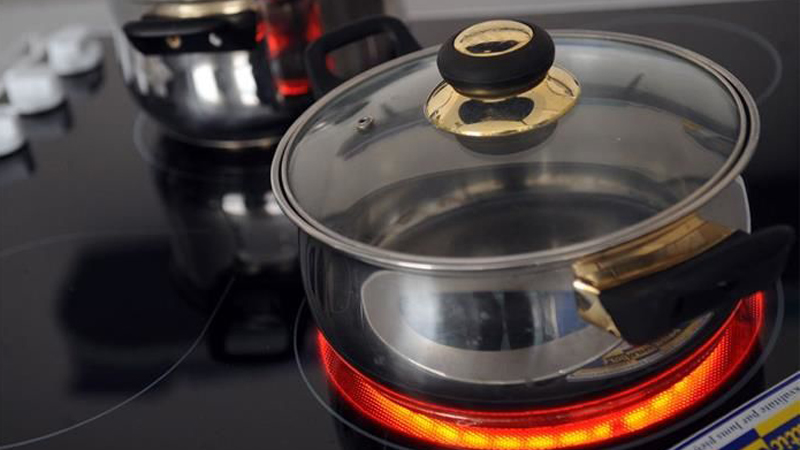
Instead, adjust the cooktop to the lowest setting and place the new pot or pan on it. Each time you turn the cooktop on or off, it requires a large amount of electricity to heat up.
When you lower the setting, the cooktop retains the existing heat and quickly transfers it to the new pot or pan.
Turn off the cooktop a few minutes before the end of cooking
A few minutes before your dish is ready, turn off the cooktop. Induction cooktops work by heating the cooking zone, which then transfers the heat to the pot or pan. Take advantage of this by turning off the cooktop a little early and letting the residual heat finish cooking your dish.
2 Energy Saving Tips for Electric Cooktops
No need to preheat
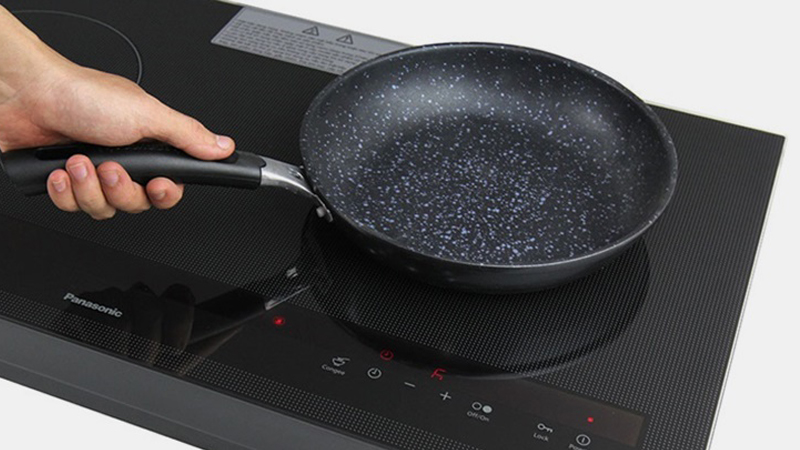
Unlike induction cooktops that heat the surface first, electric cooktops directly heat the pot or pan. So, there’s no need to turn on the cooktop in advance, saving you unnecessary energy consumption.
Place pots and pans accurately on the cooking zone
If your pot or pan is not positioned properly, the magnetic field will be less effective, causing the cooktop to take longer to heat up and do so inefficiently, wasting energy.
Opt for medium heat settings
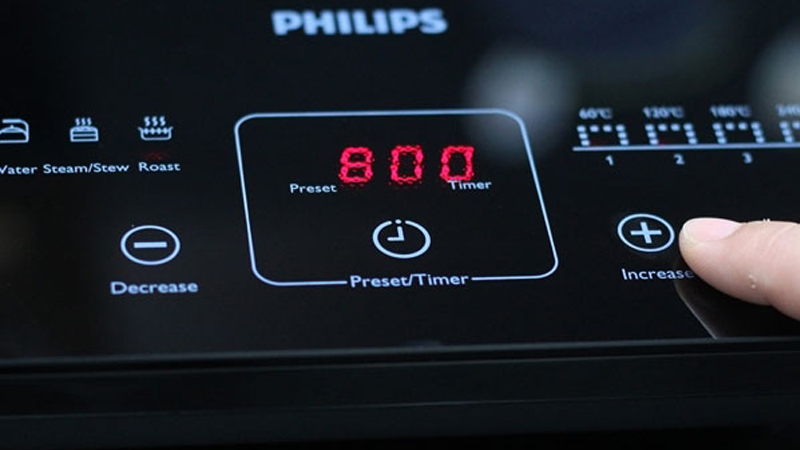
Higher heat settings consume more power, wasting energy and reducing the lifespan of your cooktop. If needed, start with a high setting to heat up the pot or pan, and then lower it to medium to continue cooking.
Finally, whether you’re using an induction or electric cooktop, always unplug the power cord when not in use. This simple step will save you a noticeable amount of money on your monthly energy bill.
Reference:
With a few simple adjustments to how you use your electric cooktop, you can significantly reduce your energy consumption. Try out these tips and see the difference for yourself!
The Energy-Saving Habits You Think Work, But Actually Don’t
Proper energy conservation can lead to significant savings on your utility bills. However, many people unknowingly make mistakes that hinder their efforts to save energy and reduce costs.


























